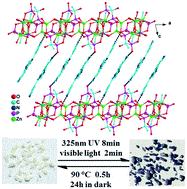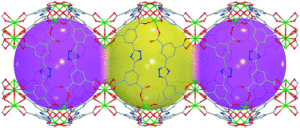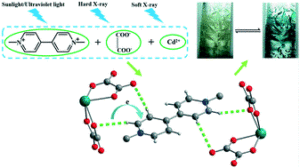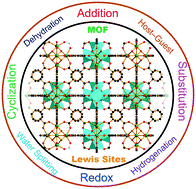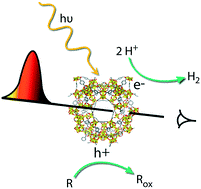Coordination Polymers and Metal-Organic Frameworks are among the most promising crystalline materials for a variety of applications, from gas storage to the detection of hazardous materials. The design, engineering and growth of these materials are pressing challenges, and papers tackling these hurdles are among our most impactful of 2017.
Most Cited Research:
This original research is off to a great start, as some of our most cited work these papers and communications are already receiving recognition from the coordination polymer community.
Template synthesis and photochromism of a layered zinc diphosphonate
Jin-Hua Li, Song-De Han, Jie Pan, Zhen-Zhen Xue, Guo-Ming Wang, Zong-Hua Wang and Zhen-Zhen Bao
Aiqing Ma, Fei Ke, Jing Jiang, Qiaoyu Yuan, Zhidong Luo, Jianqiang Liu and Abhinav Kumarc
A viologen-based coordination polymer exhibiting high sensitivity towards various light sources
Wen-Bo Li, Qing-Xia Yao, Li Sun, Xiao-Dong Yang, Rui-Yun Guo and Jie Zhang
Most Cited Reviews:
These Highlight articles are among our most cited of 2017, reviewing the advances and trends that are making waves in the coordination network and MOF community:
Metal–organic frameworks with Lewis acidity: synthesis, characterization, and catalytic applications
Zhigang Hu and Dan Zhao
Understanding metal–organic frameworks for photocatalytic solar fuel production
G. Santaclara, F. Kapteijn, J. Gascon and M. A. van der Veen
How 2-periodic coordination networks are interweaved: entanglement isomerism and polymorphism
Eugeny V. Alexandrov, Vladislav A. Blatov and Davide M. Proserpio
Submit your research or reviews on coordination polymers and MOFs to CrystEngComm – see our author guidelines for information on our article types or find out more about the advantages of publishing in a Royal Society of Chemistry journal.


